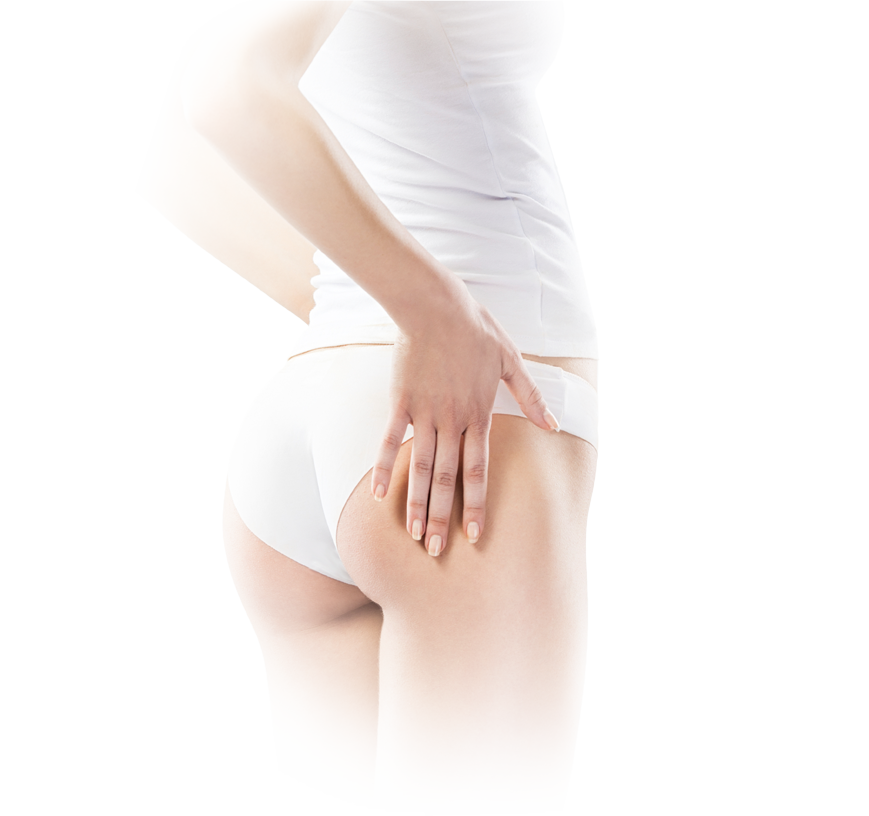The Ultimate in Abdominal Contouring
If you’d like a flatter, firmer belly, you’re on the right track by considering a tummy tuck. But what about the excess fat along your hips and abdomen? Tummy tuck surgery can tighten muscle and remove excess, sagging skin, but liposuction is more effective when it comes to removing fat.
Many of Dr. Hess’s patients in Fairfax, VA are choosing to have lipoabdominoplasty, which combines liposuction and abdominoplasty, to achieve the best results possible. If you are a good candidate for this surgery, Dr. Hess can safely perform liposuction of the upper abdomen and flanks during tummy tuck surgery. The result is a smoother, trimmer, body contour that looks and feels beautiful in and out of clothing.
See more lipoabdominoplasty before & after pictures in our gallery
Who is a good candidate for lipoabdominoplasty?
Although candidates for lipoabdominoplasty carry excess protruding fat and skin around the waist, obese patients are not typically considered good candidates. Dr. Hess will assess a patient’s fat distribution to determine candidacy for lipoabdominoplasty. If the fat is located predominantly in the abdominal wall, the patient may benefit from this procedure.
Just like any other plastic surgery procedure, good candidates will be healthy, non-smokers with realistic expectations.
How Liposuction is Performed
First, the targeted fat is saturated with a tumescent fluid. A tiny tube called a cannula is inserted through small incisions. The upper abdomen, flanks and hips can be suctioned to sculpt the waist. The lower abdomen is not typically suctioned as this tissue is removed during the tummy tuck. Dr. Hess performs liposuction until the area passes a “pinch test” intended to measure optimal fat removal.
How Abdominoplasty is Performed
The incision is placed in the abdominal crease, low enough so the patient can hide the scar under clothing. The incision travels horizontally in a gentle upward curve. Skin and tissue is removed as necessary, the umbilicus or belly button is remodeled and the incision is closed with sutures.
What to Expect After Lipoabdominoplasty
After a tummy tuck, the abdomen will be swollen for a few days and some pain is likely. Dr. Hess will prescribe a pain medication to help you manage any pain or discomfort. As with any liposuction procedure, a compression garment is worn for at least 6 weeks. This helps reduce tissue swelling and helps the skin to contract. In addition, you will have two drains or tubes coming out from the lower abdomen. This allows the normal fluid your body tissues produce to be removed. The drains are removed after usually 7-10 days. Finally surface stitches and deeper stitches are usually dissolvable and do not need to be removed.
Complete recovery time may vary from weeks to months, depending on the individual and extent of the procedure. Those with stronger abdominal muscles will find a shortened recovery as their body more easily adapts. Regardless of physical condition, it is crucial to work out an exercise program, as this will help reduce the swelling, lower the chance of blood clots, and work to further tone your new body.
Once fully recovered, lipoabdominoplasty can produce excellent results, generally lasting as long as a balanced diet and regular exercise are maintained.



